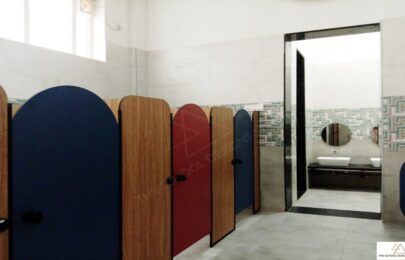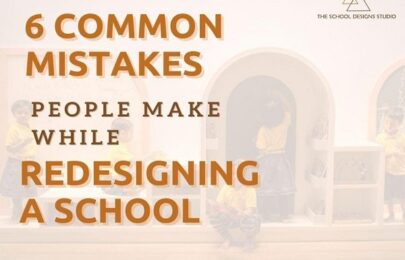Our environment is a dynamic system, all forms of living and non-living things are interdependent. With our continued reckless exploitation of natural resources and fossil fuels, we have disrupted this balance. As a result, we are now facing the realities of the destructive effects of this imbalance, global warming, and climate change. Our only option for a way forward is to adopt a responsible, sustainable routine.
As defined by the Brundtland Commission a sustainable lifestyle is that meets the needs of the present without compromising the ability of future generations to meet their own needs. This is a holistic approach that considers ecological, social, and economic dimensions, recognizing that all must be considered together to find lasting prosperity.
As the first generation that is taking responsible actions with continued awareness and motivation, we also have to ingrain these values in the next generation. Unlike for us, sustainability for future generations can not be optional – it should be embedded in their everyday life.
After parents, it is the teachers who have more opportunities and thus more responsibilities to teach kids to adopt a way of life that is more ecologically and socially just through informed action. In this regard, schools are at the forefront of awareness drives, whether it may be the Green walks, Vanamahostav, or Earth Day competitions.
But it may surprise you how easy and economical it is for schools themselves to be clean, energy-efficient, and productive learning spaces. Its after-effects will be children of these schools will already be living sustainably, and by that, the community around the school too will be a real model for others to follow.
The best way to make any lessons stick to kids is to teach by example. Here are 3 sustainable and environmentally conscious practices schools can have in their buildings and reinforce them in their students, check it out.
3 Amazing Ways to Embrace ‘Sustainable Design’ For Your School


3 Amazing Ways to Embrace ‘Sustainable Design’ For Your School
1. Sustainable Materials:
Although concrete is a core component in buildings, it’s not a sustainable building material, especially considering the number of greenhouse gases released into the atmosphere. Fortunately, there are more sustainable construction materials that present a greener alternative to concrete, like Porotherm Hollow Blocks that can insulate intelligently providing a pleasant indoor climate. The use of the same can be seen in Verdant Vista designed Kayaka Institutes, situated in Kalburgi, one of the hottest cities of Karnataka. This locally made smart building material doesn’t need any plastering and it allows the walls to breathe keeping the space cool and energy-efficient. Its noise reduction feature is a boon schools cannot ignore.
2. Sustainable Spaces:
We have limited space to accommodate a growing and development-hungry mankind. This population stress will be most visible in active public spaces like schools. It is necessary to create adaptive, reusable spaces because it is inherent to sustainability to change what is not resource-efficient into a productive space. Such agile spaces can be created by substituting the conventional walls with economical, easily replaceable Mobile walls. It is not just easy to use, but it is truly a gift to a sustainable lifestyle as it is material-saving while building it and later when tearing it down too.
3. Living with Nature:
There may not be a clear set of rules on what constitutes sustainable design, but embracing nature and taking full advantage of an environment’s practical potential – saving both money and resources is a universally desired aspect of it. The dynamic spaces that harmonize ecology with the community to let them see a world that may not be present on electronic screens aren’t an add-on anymore. The easiest way for a school to create such a space is an outdoor play area. It can be designed with greens and woods, based on the concept of ‘it is possible to have fun without damaging the planet’. This will be the simulation of wild that shows going-green a part of the school routine.
A school’s sustainable intentions should be visible beyond the curriculum in the entire planning, operation, and management of the school facility. While the physical environment can never be a substitute for effective teaching, it can be a powerful support for it. Prepare tomorrow’s citizens for a lifetime of sustainable living.
Tell us about the sustainable practices you have adopted by commenting below. We invite you to drop a mail at info@theschooldesignsstudio.com or give us a call at +91 8618152167. Also, follow us on Social Media: Facebook, Twitter, Instagram.




